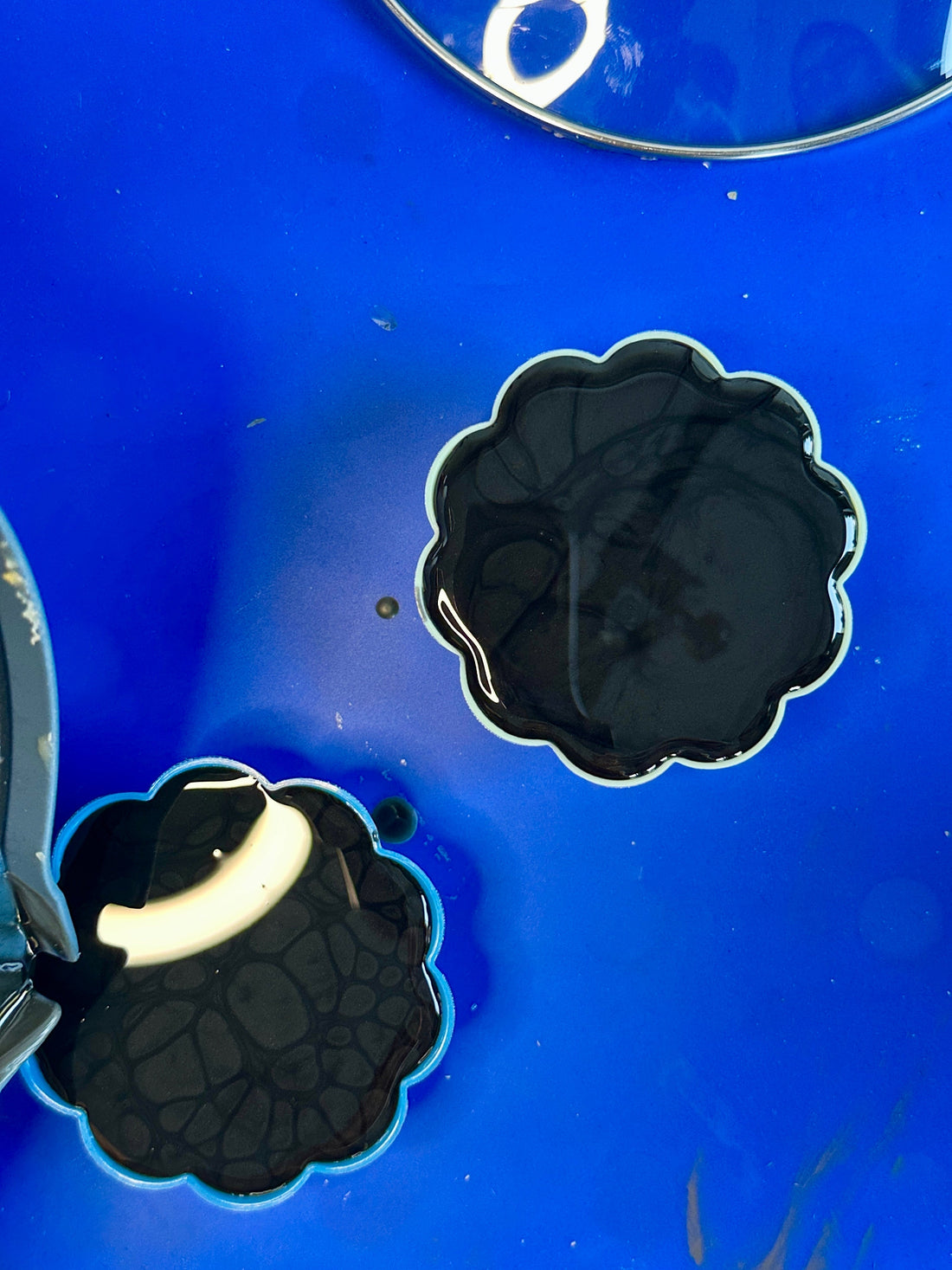
Eco Friendly Vs. Synthetic Snowboard Wax
Dawson BellWhich is Best for Your Board?
Eco-friendly snowboard wax delivers solid performance with less harm to the planet, making it a no-brainer for most riders. But is it always the best choice? Dive into the pros, cons, and when to pick eco-friendly wax versus synthetic options to keep your board gliding smoothly.
What Is Eco-Friendly Snowboard Wax?
Eco-friendly snowboard wax, often biodegradable or plant-based, uses natural ingredients like soy or beeswax. It skips toxic chemicals like PFAS and petroleum, reducing environmental damage. My shop’s handcrafted eco wax bars are non-toxic, biodegradable, and perfect for riders who care about sustainability without losing glide.
What Is Synthetic Snowboard Wax?
Synthetic wax, typically petroleum-based or fluorinated, is engineered for speed and durability with hydrocarbons or fluorocarbons. It’s been the standard for years, especially in racing, but fluorinated versions face bans due to environmental concerns.
Pros and Cons of Eco-Friendly Snowboard Wax
Eco waxes are gaining fans for their green benefits. Here’s the breakdown.
Pros:
• Eco Impact: Biodegradable formulas break down naturally, protecting waterways and wildlife from PFAS pollution.
• Safer Application: No toxic fumes, making them ideal for home tuning
• Strong Performance: Matches synthetics in warmer or wet snow, great for early/late season.
• Affordable: Often cheaper, using renewable ingredients.
• Future-Ready: Aligns with fluoro bans in races and resorts.
Cons:
• Durability: May wear faster in cold, dry snow, needing reapplication.
• Cold Weather: Slightly less speed below 25°F/-3°C compared to fluoros.
• Racing Limits: Not yet ideal for high-level competition.
Pros and Cons of Synthetic Snowboard Wax
Synthetic waxes dominate for performance but have trade-offs.
Pros:
• Top Performance: Excellent water repellency and speed across all snow types.
• Longer Lasting: Fluorinated options need less frequent waxing.
• Temperature Options: Specific blends for cold, warm, or universal conditions.
• Race-Proven: Preferred for competitive edge.
Cons:
• Environmental Harm: PFAS and petroleum pollute snowmelt and ecosystems.
• Health Risks: Fumes from hot waxing can be toxic.
• Costly: Pricier over time, with bans limiting availability.
• Overkill: Casual riders may not need the extra speed.
When to Choose Eco-Friendly vs. Synthetic Wax
Your wax choice depends on your ride, conditions, and priorities.
Go Eco-Friendly When:
• You prioritize sustainability for backcountry or family trips.
• Riding in warmer snow (above 25°F/-3°C), where eco waxes shine.
• You’re a casual rider .
• Fluoro bans apply at your resort or race.
• Example: Early/Late season rides where slush and wet snow are common.
Pick Synthetic When:
• You need max speed in cold, dry snow (below 25°F/-3°C).
• Competing or pushing performance limits.
• Long trips where re-waxing isn’t an option.
• Example: A powder day in sub-zero temps.
Try a hybrid approach: Use eco wax for early and late season rides and synthetics for the colder days.

Final Thoughts
Eco-friendly snowboard wax offers a great balance of performance and earth-friendly benefits, making it ideal for most riders. While synthetics have an edge in extreme conditions, biodegradable wax bars deliver smooth glides and easy application for casual and eco-conscious snowboarders across a broad range of temperatures. Pair them with our tuning stands for a sustainable, at-home setup. Ready to ride? Shop my eco-friendly hemp wax bars and tuning gear now!
